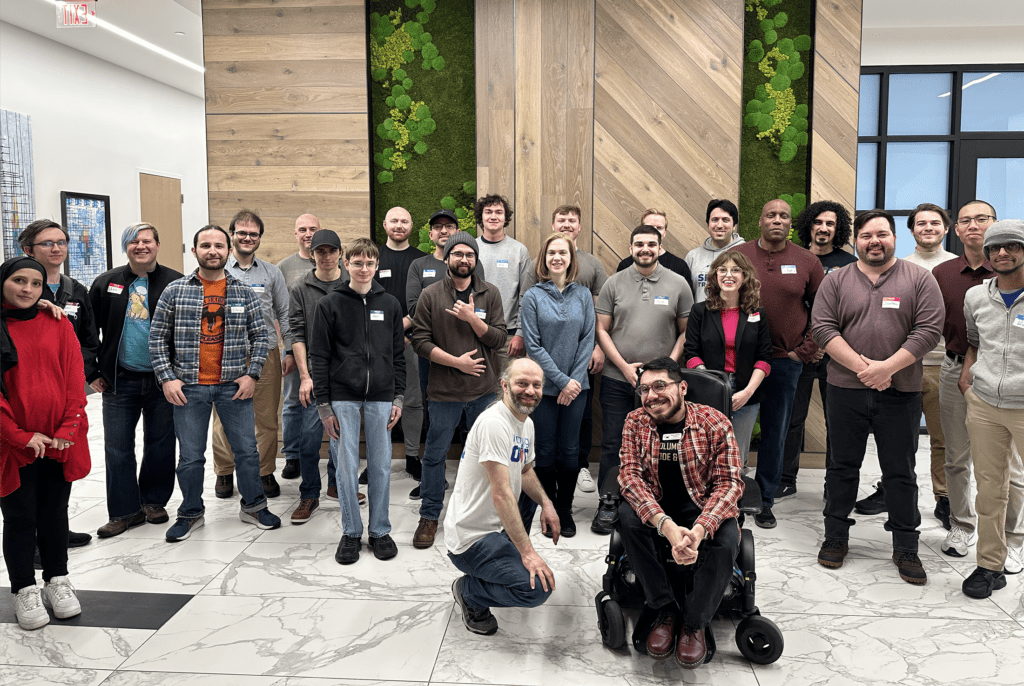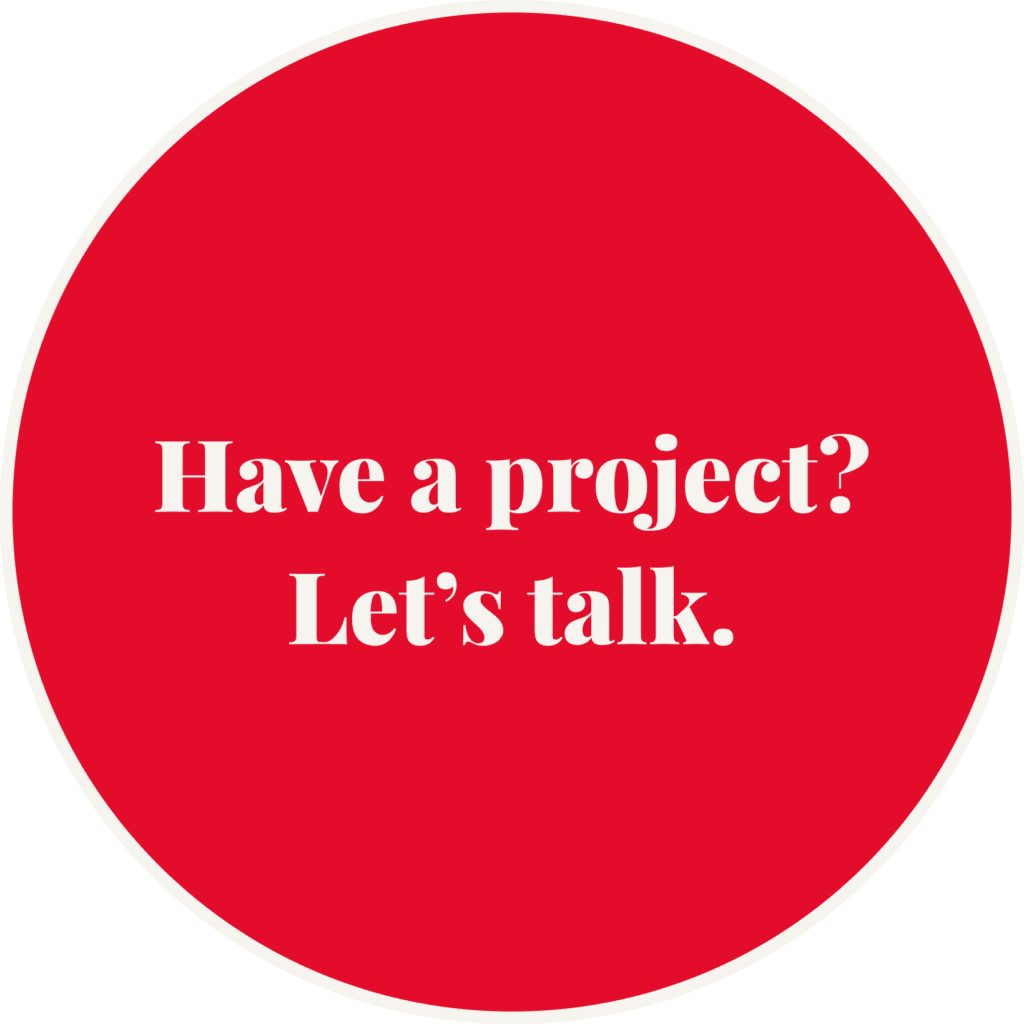As 2018 comes to a close, we wanted to reflect on the changes and new trends we have seen in the website design and development field.
Some things were huge (we’re looking at you, data security), and some things that were expected to be huge really weren’t (anyone remember GDPR?). There were also a few areas in which we saw growth or adoption and expect to see that continue in 2019 (hint – be watching this space for our look ahead to 2019 trends).
As the IoT (Internet of Things) continues to grow so does developer access to almost everything.
We are seeing ads for home security companies that tout unlocking the doors to your home via a voice command. Even your mattress is becoming smarter with Sleep Number’s 360 Smart Bed that uses technology to sense your movements while you sleep and automatically adjusts firmness. The IoT movement allows for this type of control for lights, cars, household appliances and more. This is highly relevant to Buckeye Interactive’s work because we will continue to help businesses identify opportunities to use technologies in new ways.
This ease of control is only possible with the tracking and storing of information – personal information. With the amount of noise surrounding GDPR (General Data Protection Regulation), users became more aware that most websites store their personal data. As CSO says, 2018 is the year when data privacy got real. Companies began looking at how much information they were collecting, how that information was being stored, and how the involvement of third-parties impacted that data collection and security.
The GDPR is a legal framework that sets guidelines for the collection and processing of individuals’ personal information within the European Union (EU). It went into effect on May 25, 2018, and impacts U.S.-based companies doing business in the EU. Websites became more proactive about letting users know they are tracking visitors to their sites. What we thought we’d see and haven’t (at least not yet) is a fallout from data being collected that consumers don’t want collected. As we move through next year, we may see more of this anticipated fallout.
What else?
This year, we spent more time helping our clients move data and programs to the Cloud. Have you ever used Google Docs? It is a Cloud-based application. The Cloud securely stores your work, and your teammates, who may be traveling or working remotely, can easily access it. It offers real-time document edits and modifications – a huge plus because the pace of business continues to accelerate. With more and more of the workforce working remotely, we saw Cloud usage and acceptance continue to grow in 2018.
We also did more work this year with mobile performance optimization.
This is a focus for us because Google uses it. Google includes mobile performance optimization in deciding how to rank pages in a search. And everyone wants to be on the first page of a Google search result! Mobile performance optimization looks at key indicators, such as how fast your site loads, how readable it is, and how it scales. For a quick, free look at how your site performs, you can plug your website URL into TestMySite. This tool checks your site against benchmarks in the industry and gives you a free report.
We continue to work with our clients to tell their story through their website. During this year, we have used non-linear design more and more for website creation. We work closely with our clients to determine the story they want to tell. The story comes first. Then we think about how to best tell that story using images, words, and website design. We want these pieces to all work together to tell that client’s story. No matter what page the website visitor goes to first, they must be able to understand the story from that page.








